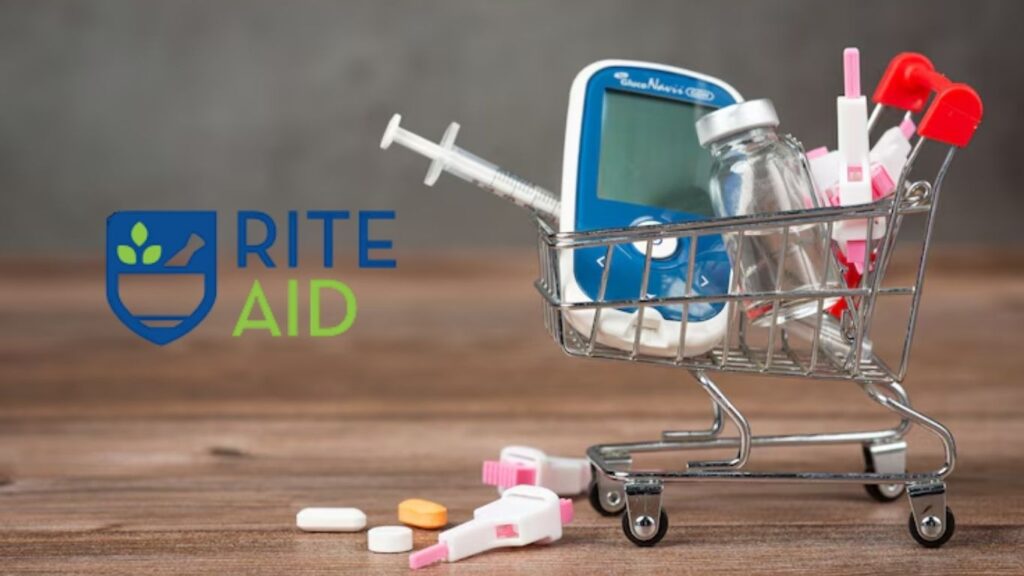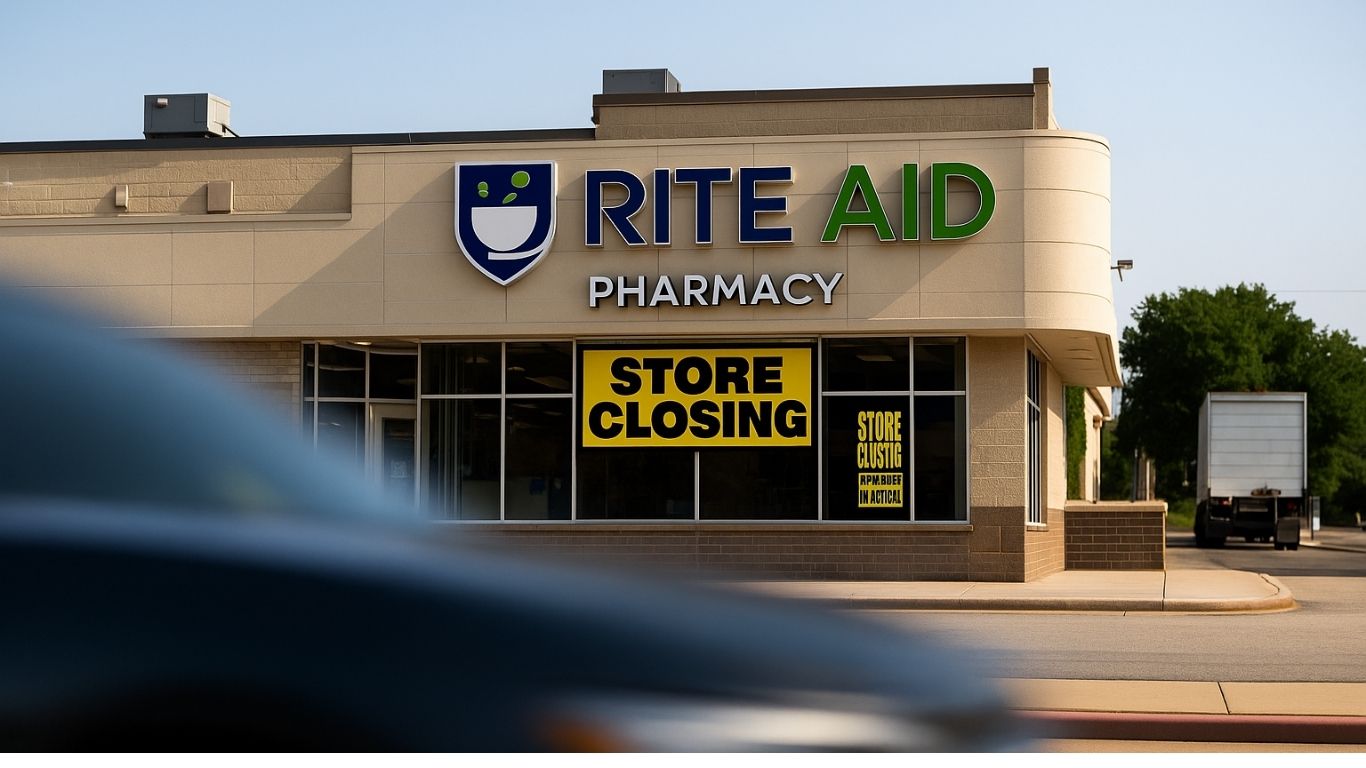In a move that sent shockwaves through the American retail and pharmaceutical landscape, Rite Aid has filed for Chapter 11 bankruptcy once again. As one of the nation’s most recognized pharmacy chains, the news has raised questions about what lies ahead for the company, its employees, and the millions of customers who rely on its services. More importantly, it has sparked larger discussions about the role of technology, retail innovation, and strategic failure in today’s volatile business environment.
This blog dives deep into what led to Rite Aid’s second bankruptcy, what it signals for the broader retail tech ecosystem, and whether this is truly the end or a potential reset.
A History of Struggles
To understand the current situation, we must first look back. Founded in 1962, Rite Aid grew into one of the largest drugstore chains in the United States. For decades, it was a household name, known for its vast network of locations and healthcare services. However, the 21st century brought dramatic changes in consumer behavior, competitive pressure, and technological innovation.
Despite efforts to modernize, Rite Aid struggled to keep pace with industry giants like CVS and Walgreens. The company made several high-stakes decisions that didn’t pan out, including failed mergers and acquisitions. For example, its attempted merger with Walgreens was blocked by regulators, which led to the sale of hundreds of stores, weakening Rite Aid’s competitive positioning.
The Latest Bankruptcy Filing
In early May 2025, Rite Aid filed for Chapter 11 bankruptcy protection for the second time in less than two years. This filing, with reported liabilities in the billions, underscores the magnitude of the financial pressure the company faces. While bankruptcy does not necessarily mean liquidation, it signals deep systemic issues that are no longer manageable through regular business operations.
The filing indicates an intention to restructure debts and seek strategic buyers for parts of its business. Despite this, the chain has emphasized that it will keep stores open during proceedings, a move designed to maintain customer trust and minimize disruption.

What’s Fueling Rite Aid’s Collapse?
Several interconnected factors have contributed to Rite Aid’s downfall. These include:
1. Retail Industry Disruption
Over the past decade, the rise of e-commerce giants like Amazon and direct-to-consumer healthcare startups has dramatically changed the pharmacy retail landscape. Consumers now expect seamless digital experiences, mobile apps, same-day delivery, and remote prescription fulfillment. Rite Aid lagged in adopting advanced technologies that could have modernized its customer interface.
2. Lack of Digital Transformation
In an era where tech-savvy competitors are leveraging AI-driven inventory management, personalized digital marketing, and predictive analytics, Rite Aid failed to deploy tech at scale. Its mobile app offered limited features, and its e-commerce infrastructure wasn’t agile enough to handle increasing online demand, especially during the COVID-19 pandemic and beyond.
3. Mounting Legal Costs
The company has also been burdened by opioid litigation. As several pharmacy chains were implicated in the opioid epidemic, Rite Aid faced lawsuits that drained both its finances and reputation. Settlements and legal expenses became unsustainable, further tipping the scales toward bankruptcy.
4. High Operating Costs and Shrinking Margins
Brick-and-mortar retail is inherently expensive. From leasing to labor, overheads remain high. With dwindling foot traffic and prescription revenues, many Rite Aid locations became unprofitable. The closure of underperforming stores was necessary but not sufficient to restore profitability.
The Human and Technological Cost
Bankruptcy isn’t just a business event—it affects thousands of lives. Rite Aid employs tens of thousands of people across the U.S. From pharmacists and technicians to retail clerks and corporate staff, livelihoods hang in the balance.
There is also a technological angle. Many retail companies use bankruptcy to reset their tech strategy. If Rite Aid wants to survive and thrive, it will need to invest heavily in:
- Pharmacy automation systems to reduce errors and increase efficiency
- Omnichannel digital platforms for seamless online/offline customer experiences
- AI-driven customer support tools like chatbots for prescriptions and queries
- Cloud-based ERP systems to streamline the supply chain and inventory
- Cybersecurity enhancements to protect sensitive healthcare data
Failing to innovate in these areas will likely result in Rite Aid losing further ground to more agile competitors.
Opportunities Amid the Crisis
Despite the grim outlook, this bankruptcy may present an opportunity for transformation. Here’s how:
1. Digital Reboot
A structured reorganization could allow Rite Aid to overhaul its digital infrastructure. By embracing cloud-native technologies, the chain can create scalable solutions for e-commerce, customer engagement, and supply chain visibility.
2. Strategic Partnerships
Rather than going it alone, Rite Aid could partner with health-tech startups or enterprise solution providers to rapidly implement new technologies. Joint ventures with telemedicine companies or digital health platforms could open up new revenue streams.
3. Selective Store Optimization
Not all physical locations are liabilities. Some remain profitable. Using data analytics, Rite Aid can identify high-performing locations and convert them into experience-driven centers, offering flu shots, health screenings, and wellness consultations.
4. Focus on Niche Services
The brand still has recognition and trust in many communities. Rite Aid could rebrand itself around personalized care, holistic wellness, and hyperlocal services areas less penetrated by national chains and digital-first competitors.
What Competitors Are Doing Differently
While Rite Aid has stumbled, competitors like CVS Health and Walgreens have taken bold steps forward. CVS, for instance, reimagined its retail stores as health hubs, offering services like diagnostics, nurse practitioners, and insurance consultation. Walgreens invested in digital partnerships with tech firms and adopted robotics in prescription fulfillment.
Amazon, not traditionally seen as a healthcare player, launched Amazon Pharmacy, giving customers the ability to fill prescriptions online and enjoy Prime delivery benefits. This level of customer experience has set a new benchmark.
To survive, Rite Aid must go beyond traditional retail and become a tech-enabled healthcare services provider.
Lessons for the Tech and Retail Industry
The Rite Aid crisis holds valuable lessons for tech leaders, retail executives, and entrepreneurs:
- Digital transformation is not optional, it’s existential. Companies that delay modernization risk collapse.
- Customer experience must evolve. Today’s consumers expect personalization, speed, and convenience across digital and physical channels.
- AI and data analytics are strategic assets. From operations to customer service, data-driven decisions offer a competitive edge.
- Risk management and agility are crucial. The pandemic, legal liabilities, and supply chain issues show the importance of resilience planning.
Could This Be the End?
The million-dollar question remains: Is this the end for Rite Aid?
Not necessarily. Chapter 11 bankruptcy isn’t liquidation, it’s a legal tool for reorganizing debt and giving companies a chance to bounce back. But to emerge successfully, Rite Aid must make bold, tech-driven moves.
This means breaking away from outdated models, embracing innovation, and redefining its identity not just as a retailer, but as a digital-first healthcare provider. Without this shift, even reorganization may only delay the inevitable.
The Road Ahead
In the next 6–12 months, Rite Aid will either:
- Find a buyer or merger partner who sees strategic value in its locations and customer base
- Close more stores and attempt a leaner, digitally optimized comeback
- Fail to secure enough financing and file for full liquidation
As tech reshapes every aspect of business, Rite Aid stands as a cautionary tale: even household names can fall if they don’t evolve. The outcome depends on the decisions being made right now—in boardrooms, courtrooms, and server rooms.
Final Thoughts
Rite Aid’s repeat bankruptcy is a significant marker in the ongoing disruption of American retail and healthcare. It underscores the urgent need for digital transformation, strategic leadership, and a customer-first mindset in today’s economy.
Whether Rite Aid emerges stronger or fades into history will depend on its willingness to embrace innovation, reduce operational drag, and rebuild trust with customers, employees, and investors alike.
One thing is clear: the retail pharmacy space is changing rapidly, and only those prepared to evolve will survive.
















